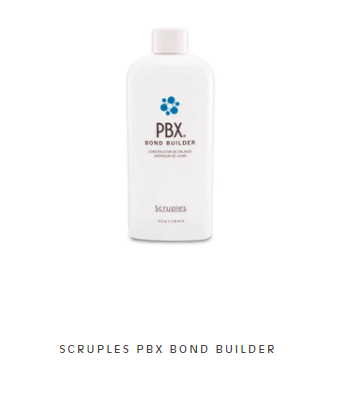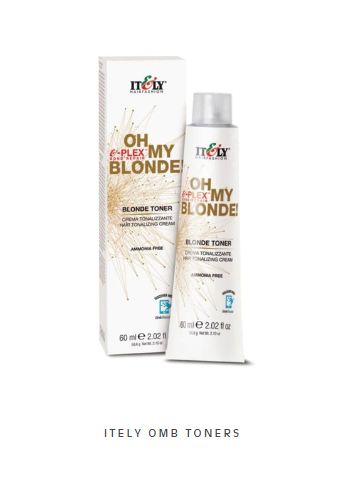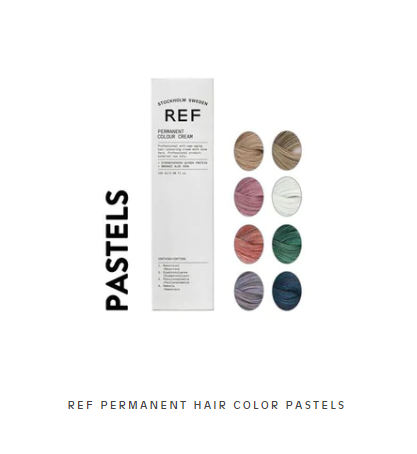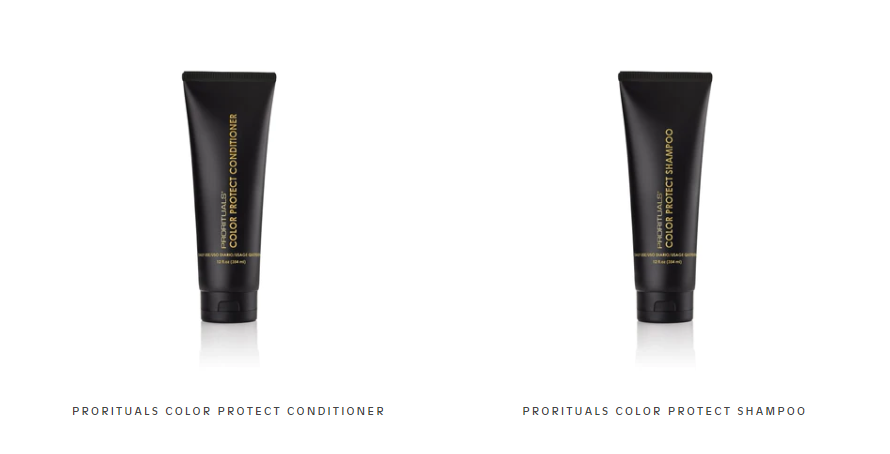Achieving Perfect Pastel Hair Colors: A Comprehensive Guide for Stylists
The allure of pastel hair colors for clients seeking a soft, ethereal look is undeniable. Yet, the journey to achieving these whimsical shades involves a careful and skillful approach that respects the integrity of the hair. As stylists, our role is not only to transform but to educate and preserve hair health. This guide will delve into the technicalities of achieving true pastels and maintaining hair integrity, ensuring you can provide your clients with the dreamy hues they desire, along with the care their hair needs.
Understanding the Canvas: Hair Lightening
Before diving into the pastel color spectrum, it's crucial to understand that the perfect pastel requires a very light, almost white, base. Achieving such a base typically involves bleaching, a process that demands a thorough understanding of hair's underlying pigments and the integrity of the hair.
- Assessment: Begin with a detailed consultation to assess the natural level, history, and current condition of the client's hair. This step is crucial for determining the feasibility of achieving a pastel shade without compromising hair health.
- Preparation: Use a high-quality bond builder to mitigate damage during the lightening process. Products that work by reinforcing the hair's structural bonds are essential.
- Application: Opt for a high-lift bleach that respects hair integrity, applying it evenly and monitoring the process closely. The goal is to reach a level 10 blonde, ensuring that the hair lifts to a pale yellow, a critical canvas for pastel shades.
Toning: The Art of Neutralizing
After achieving the desired level of lift, toning plays a pivotal role in neutralizing unwanted warm tones, creating the perfect blank slate for pastel colors.
- Selecting a Toner: Choose a toner that complements the underlying pigment of the bleached hair. For most, a violet-based toner is effective in neutralizing yellow tones, essential for a true pastel outcome.
- Application: Apply the toner evenly, monitoring the hair for the desired neutral shade. Timing is critical to avoid over-toning, which can lead to muted or undesired hues.
Diving into Pastels: Color Application
With a pristine base, you're now set to introduce the pastel hue. This phase requires a mix of creativity and precision to achieve the desired pastel shade.
- Color Mixing: Use a professional-grade pastel dye, mixing it according to the manufacturer's instructions. For a more customized shade, you might mix different pastel dyes, considering the color wheel principles to achieve the desired hue.
- Patch Test: Conduct a strand test to preview the outcome. This step is crucial for adjusting the formula before full application.
- Application: Apply the dye evenly from root to tip, ensuring full saturation for a uniform look. Depending on the desired intensity, you may adjust the sitting time, always adhering to the product's guidelines.
Aftercare: Preserving Pastel Perfection
Pastel colors are notoriously fleeting, so educating your clients on proper aftercare is essential to prolong the vibrancy of their color.
- Washing: Recommend sulfate-free shampoos and lukewarm water to avoid stripping the color. Advise clients to reduce the frequency of washes.
- Conditioning: Suggest using conditioners and masks formulated for color-treated hair, emphasizing products that enhance moisture and repair.
- Protection: Stress the importance of UV protection for the hair, as sun exposure can rapidly fade pastel colors. Recommend leave-in treatments that contain UV filters.
- Touch-Ups: Schedule regular appointments for toning and color refreshes, as pastels may need more maintenance to retain their soft hue.





